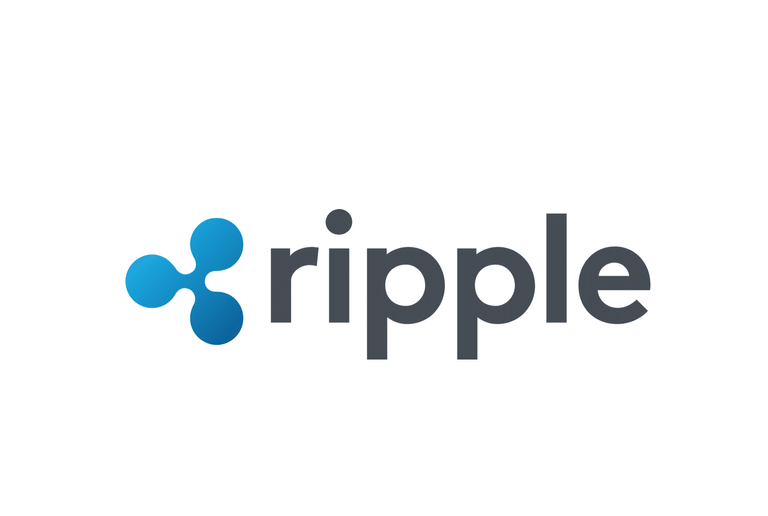_What is Ripple?
.jpg)
Ripple is both a payment network (RippleNet) and a cryptocurrency (Ripple XRP) created in 2012. RippleNet connects banks and other big institutions and allows them to transfer money and other assets through the network. All transactions are recorded on the decentralized XRP Ledger.
Ripple XRP is the currency used in the payment network for all transactions, reducing the time and money associated with cross-border payments. Each transaction through the system is processed in only four seconds. For comparison, Ethereum takes more than two minutes, Bitcoin over an hour, while traditional systems can take between three and five days.

The currency is also scalable — it can handle 1,500 transactions per second. Bitcoin, on the other hand, can reportedly only handle seven in the same timespan. That’s one of the reasons Bitcoin Cash now exists.
In addition to being fast and scalable, the Ripple network also offers low transaction fees. Because of its benefits, the system is already being used by more than 75 financial institutions across the globe.
So what is the main difference between Ripple and Bitcoin? Ripple is a payment network for financial institutions and is a competitor to systems like SWIFT. It can also be traded, but was never intended to be a payment method for buying stuff online. Bitcoin aims to become a globally adopted currency that could improve or even replace conventional money.

Ripple, which was designed for banks and global money transfers, has seen the value of its XRP digital currency skyrocket. On Dec. 10, the company had a market capitalization of just over $9 billion. As of Wednesday morning, that market cap had more than doubled to $18.1 billion.
Prices for an individual Ripple XRP are considerably more affordable than its alternatives, making it even more attractive to cryptocurrency speculators. As of late Wednesday morning, a single XRP cost just 47 cents, a 66% jump from yesterday’s close, according to CoinMarketCap.
This surge has pushed Litecoin down to the fifth most valuable cryptocurrency. Both Ripple and Litecoin are still far below Bitcoin and Ethereum, however.
While it wasn’t released until 2012, Ripple is actually older than Bitcoin. The original version of the company was created in 2004, according to Bitcoin Magazine. It never really went anywhere, though, until it put a professional management team in place, which included E-Loan co-founder Chris Larsen and Jed McCaleb, founder of MtGox.
Ripple’s cryptocurrency has been adopted by banks and other financial institutions. Those companies believe Ripple’s system offers both better prices and is more secure than other digital currencies, including Bitcoin. It allows users to send, receive, and hold any currency in a decentralized way via the Ripple network. The company is cash-flow positive and holds a vast store of XRP, which it periodically releases into the market.
But the real appeal of Ripple’s XRP for banks is its liquidity.
“The liquidity needs of banks today is managed with literally ten trillion of float that sits in these nostro and vostro accounts. We believe very strong this is an inefficient model. You can use digital assets to fund liquidity, and Ripple is uniquely positioned to capitalize on that. Bitcoin takes four hours to settle a transaction. XRP takes 3.6 seconds,” Ripple CEO Brad Garlinghouse told Fortune earlier this year.
How much has Ripple grown in 2018?

Year to date, Ripple’s XRP has seen its value jump more than 7,000% and its market cap increase by nearly 7,700%
Hi! I am a robot. I just upvoted you! I found similar content that readers might be interested in:
http://fortune.com/2017/12/13/ripple-litecoin-bitcoin-price-2018/
Coins mentioned in post: